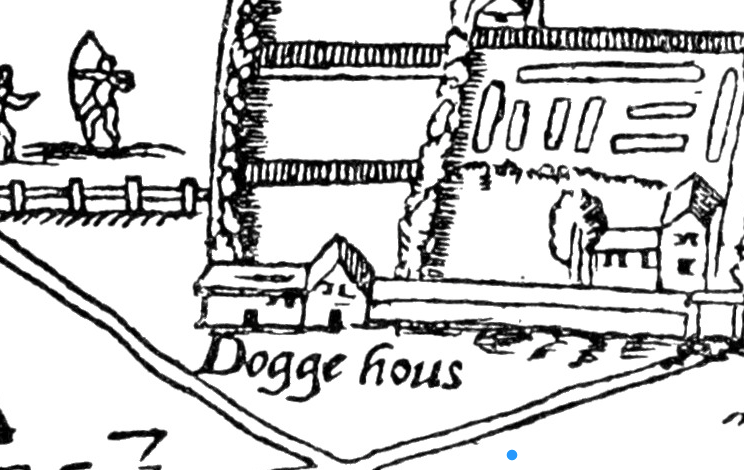Here's what I'm planning for the 2016 MLA
Golden Verse for a Golden Valley:
Poetry, Agricultural Innovation, and the Environment in Early Modern Herefordshire
The animal-centered qualities of early modern England have been well documented both by historians and literary scholars. Less well theorized have been the effects of an increasingly animal-centered economy on broader attitudes toward the agricultural environment. By some accounts, livestock density doubled in the course of the sixteenth-century, a phenomenon driven by the increasing appetite of the markets of London for meat, wool, and other animal products. These animals needed fodder, and the consequence was increasing agricultural innovation. In the early sixteenth century English pastures were in “a natural biological state”; by the end of the century they were “systematically cultivated, fertilized, and sown.”(1) The English meadow, so frequently a metonymy for the concept of nation, was becoming a site of dramatic environmental change, and England’s poetic resources were sometimes mobilized in the service of this change. I explore the results of this process in one especially pastoral region that felt these pressures acutely: Herefordshire and in particular the so-called “Golden Vale” along the river Dore. This was, among other things, the site of Rowland Vaughan’s famous invention of the water meadow. Drawing upon the encomiastic poetry of Robert Davies, Michael Drayton, and others, I argue that the poetry heralding early modern English agricultural innovation draws upon pastoral traditions in ways that deliberately cloak the dramatic environmental effects of such innovation. In this process it resembles the modern optimistic discourse of “sustainability” that fuels visions like Richard Alley’s “ten billion smiling people.”(2)
(1) Mark Overton, Agricultural Revolution in England: The Transformation of the Agrarian Economy 1500-1850, (Cambridge, England: Cambridge University Press, 1996) 111.
(2) Richard B. Alley, Earth: The Operators’ Manual (New York: W. W. Norton & Company, 2011).

